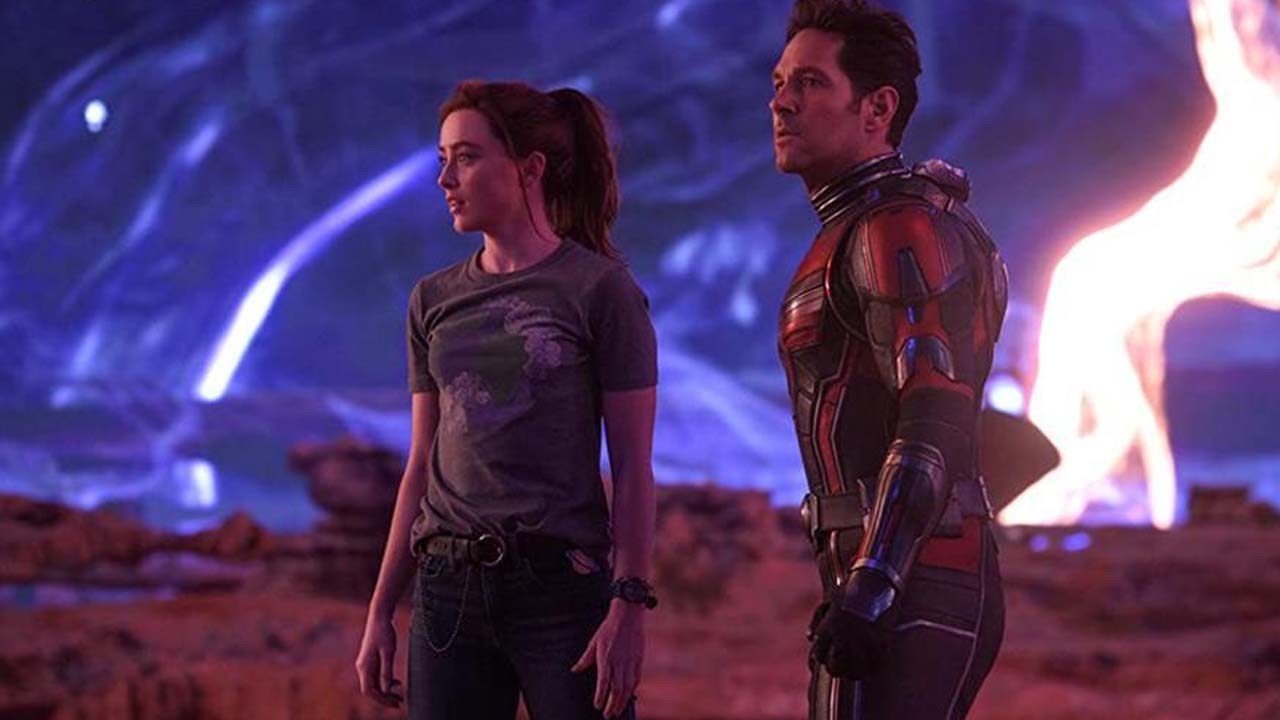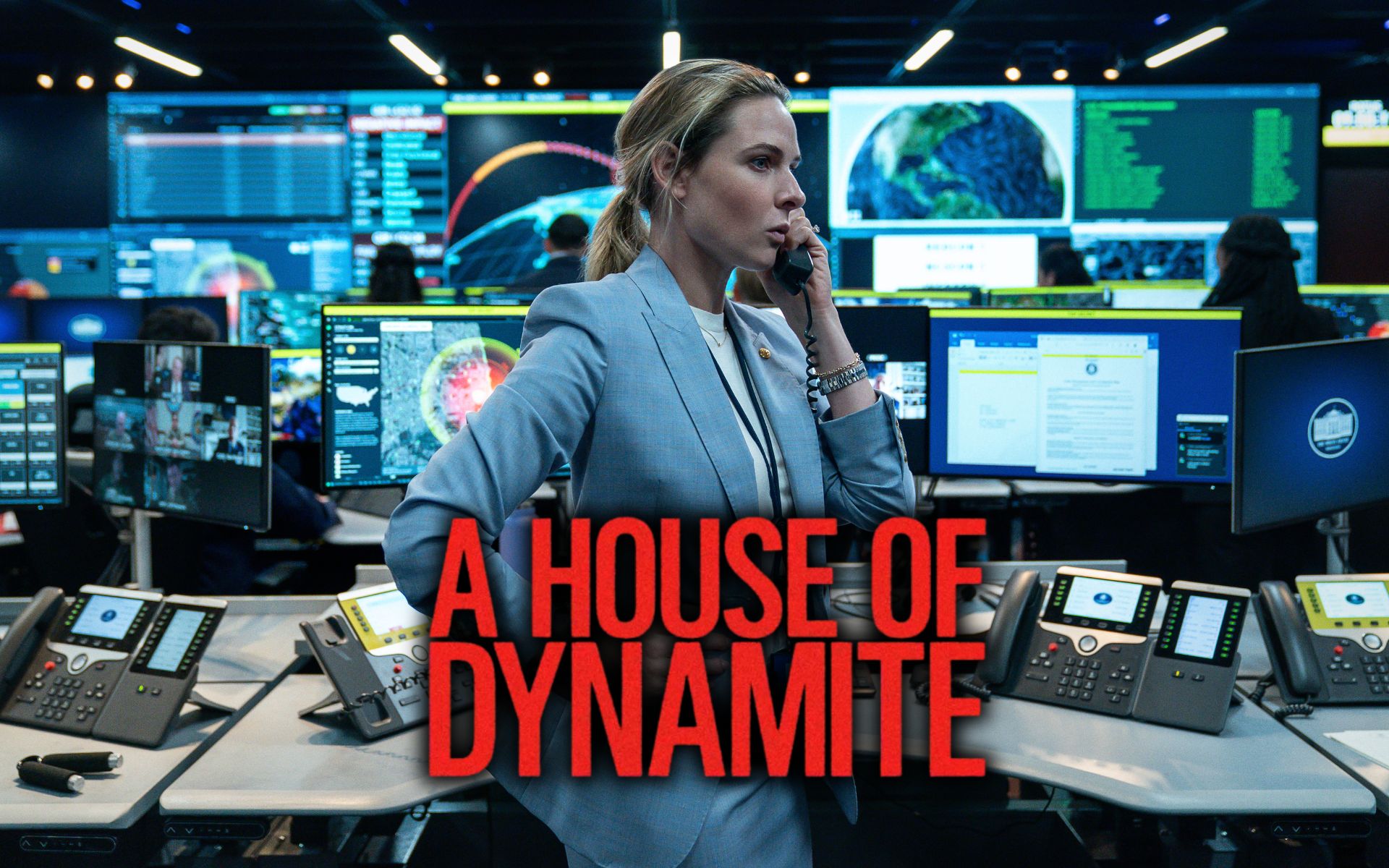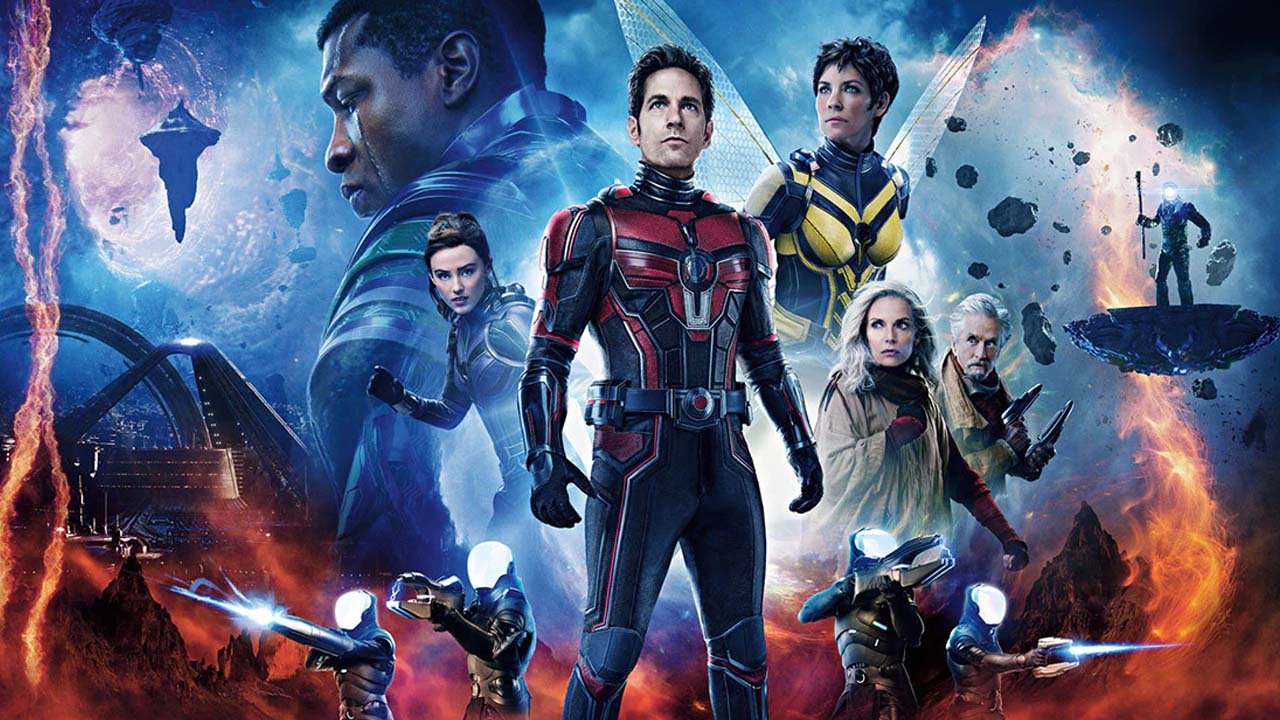feature film Ant-Man and the Wasp: Quantumania (2023) opened in theaters and returns with another sci-fi story based on the scalable suit hero. In the plot of the new movie, Ant-Man (Paul Rudd), Wasp (Evangeline Lilly) and their entire family enter the quantum realm and battle the Conqueror Kang (Jonathan Majors).
Despite being surrounded by real scientific concepts, the new feature film and other Marvel movies play with concepts that are impossible in the real world. Indeed, it is this balance between real science and impossibilities that has captivated millions of franchise audiences around the world.
The power that gives Ant-Man its name has to do with the hero’s outfit and his devices using Pym Particles, a fictional group of subatomic particles that allow you to change the mass and size of an object. But have you ever thought about which part of quantum physics is true in the movie? To answer this question, Technology World Gathered information about some concepts that were true and false in particular — Warning: Contains spoilers from the new movie..
Ant-Man Quantum Physics True or False?
The first false scientific fact in the movie is that characters and/or objects change sizes without violating Galileo Galilei’s (1564-1642) Square-Cube Law, a mathematical principle that describes the relationship between volume and volume. and the area of the resize object – size changes should respect the area growth square factor and volume the cubic factor, something that doesn’t exist in the movie.
Shrinking a person’s height also affects the sounds they make, so when Ant-Man gets smaller, the frequency of his voice increases and falls outside the range of human hearing – in this case, you will be able to hear your voice around you as the wavelength will be between 12 kHz and 26 kHz, not “normal”.
Scott Lang’s body density will also be an issue during size reduction as his ability to support any weight will be minimal. For example, a simple sneeze on Ant-Man could kill him. If it gets huge, it will bring more challenges to its metabolism as it will need to constantly consume large amounts of food just to stay afloat.
Although unscientific, the term “quantum realm” has, thanks to the success of the movies, been used by scientists, particularly in popular science, to describe a medium defined by the laws of quantum mechanics.
What is the “quantum realm”?
Since the first movie in the series, Marvel has not insisted on sticking to reality, choosing to embrace fantasy. It’s not all that different in Ant-Man and the Wasp: Quantumania, but there are a few genuine scientific references in the movie – it’s not in vain that the company hired scientists to provide scientific advice on various productions of the Marvel universe.
The term “quantum realm” is not used in real science and was coined for the franchise after the release of the first movie, coined by mathematical physicist Spyridon “Spiros” Michalakis of the California Institute of Technology (Caltech). “Microverse” is the term used in the Ant-Man comics, but the company is unable to use it due to legal issues.

In an article published in MiddlePhysics professor and quantum scientist Thomas Wong explains that the “quantum realm” is real, but not an alternate dimension as in the movie, but actually part of our universe. In fact, it is quantum mechanics that allows for many current technologies such as GPS, quantum computers, among others.
“The standard analogy is to imagine a straight garden hose. From afar, the garden hose has only one dimension that corresponds to movement along its length. However, an ant walking on a garden hose has access to two dimensions when viewed up close: It can walk along the hose or circulate around the hose. Somehow, heroes can shrink to reach additional dimensions,” Wong said, comparing Quantum Realm to string theory.
Another interesting scientific reference is the concept of quantum superposition, illustrated in the scene where Ant-Man and the Wasp visualize all the possibilities of their other “selves”. In quantum superposition, a physical system could theoretically exist anywhere before it reaches its final state, but in real concept it is not possible to visualize all these results at once.
In one of the scenes, the character MODOK (Corey Stoll) even comments on the Schrödinger box, a thought experiment in which a hypothetical cat is placed in a box in a quantum superposition state, where the cat is dead and alive at the same time.
Scientist Thomas Wong claims that, despite all the fantasy, the production had a positive impact on scientific dissemination as many people sought out more about quantum mechanics after watching the movie.
Source: Tec Mundo
I’m Blaine Morgan, an experienced journalist and writer with over 8 years of experience in the tech industry. My expertise lies in writing about technology news and trends, covering everything from cutting-edge gadgets to emerging software developments. I’ve written for several leading publications including Gadget Onus where I am an author.












